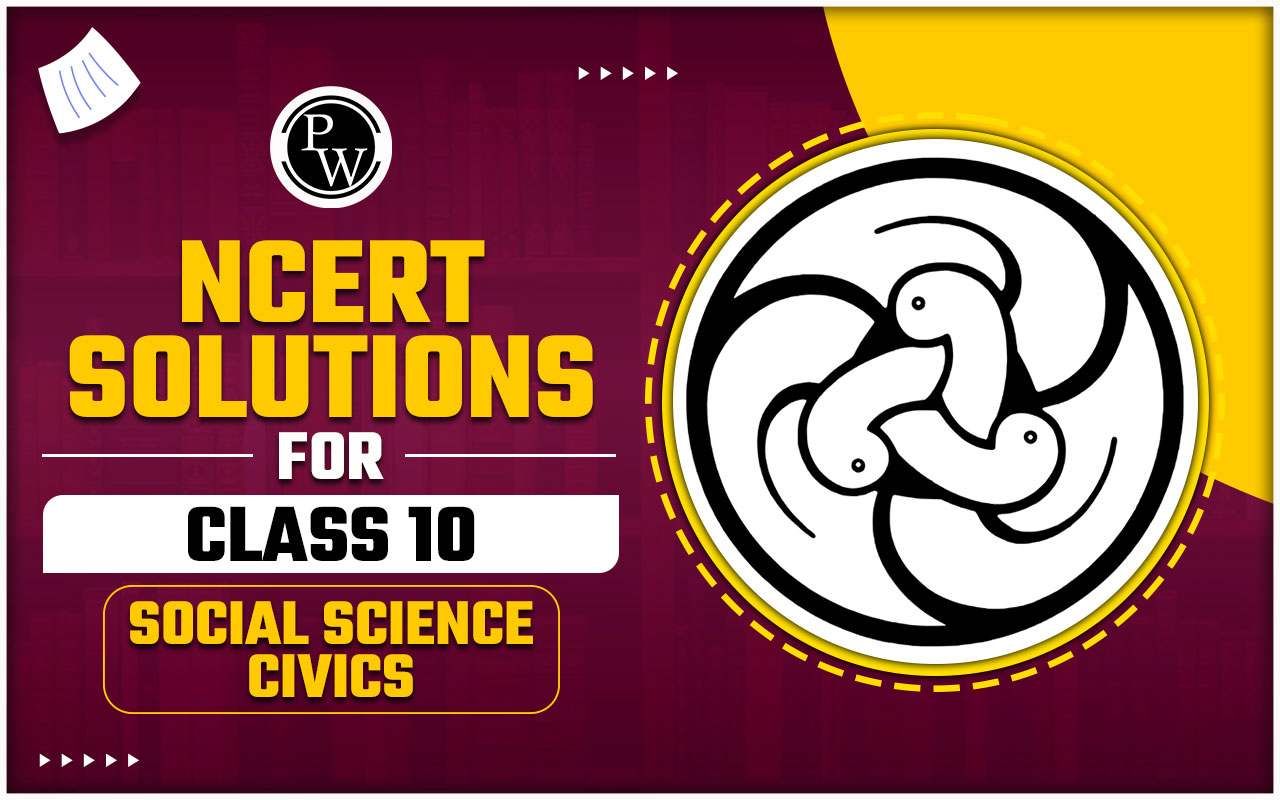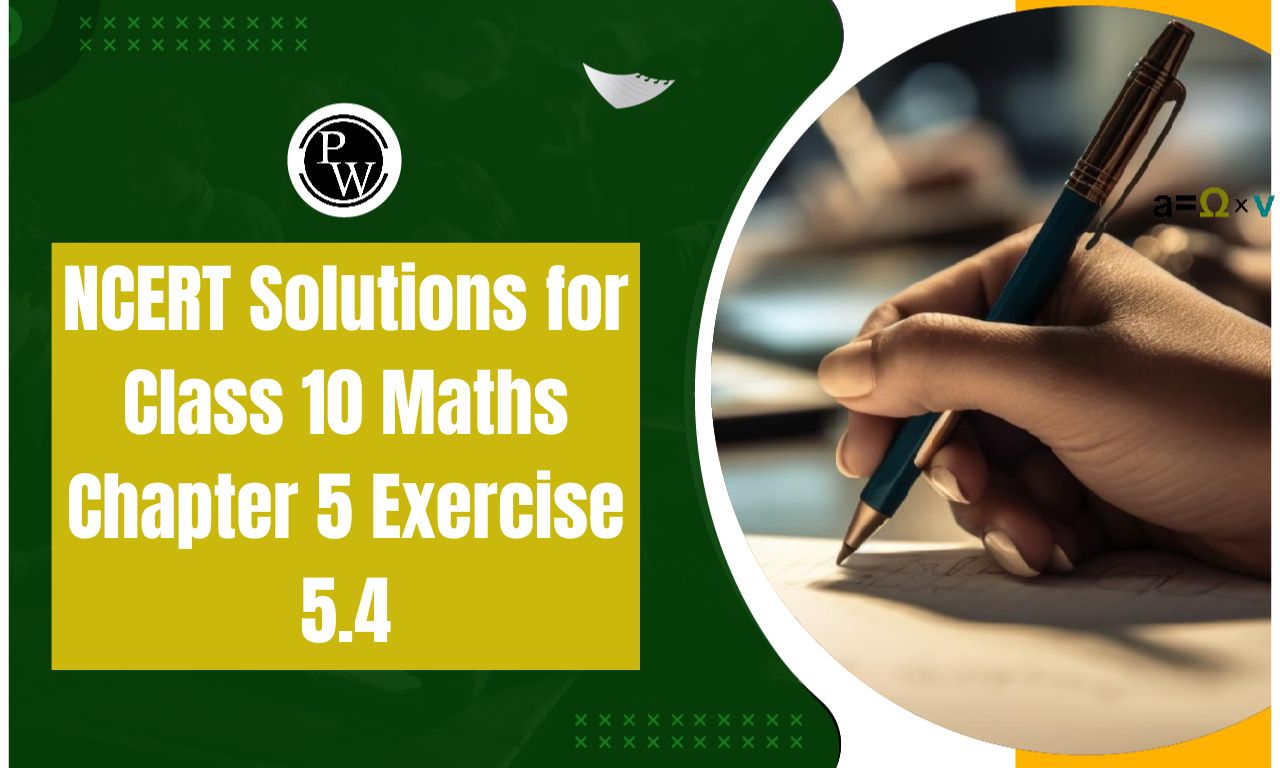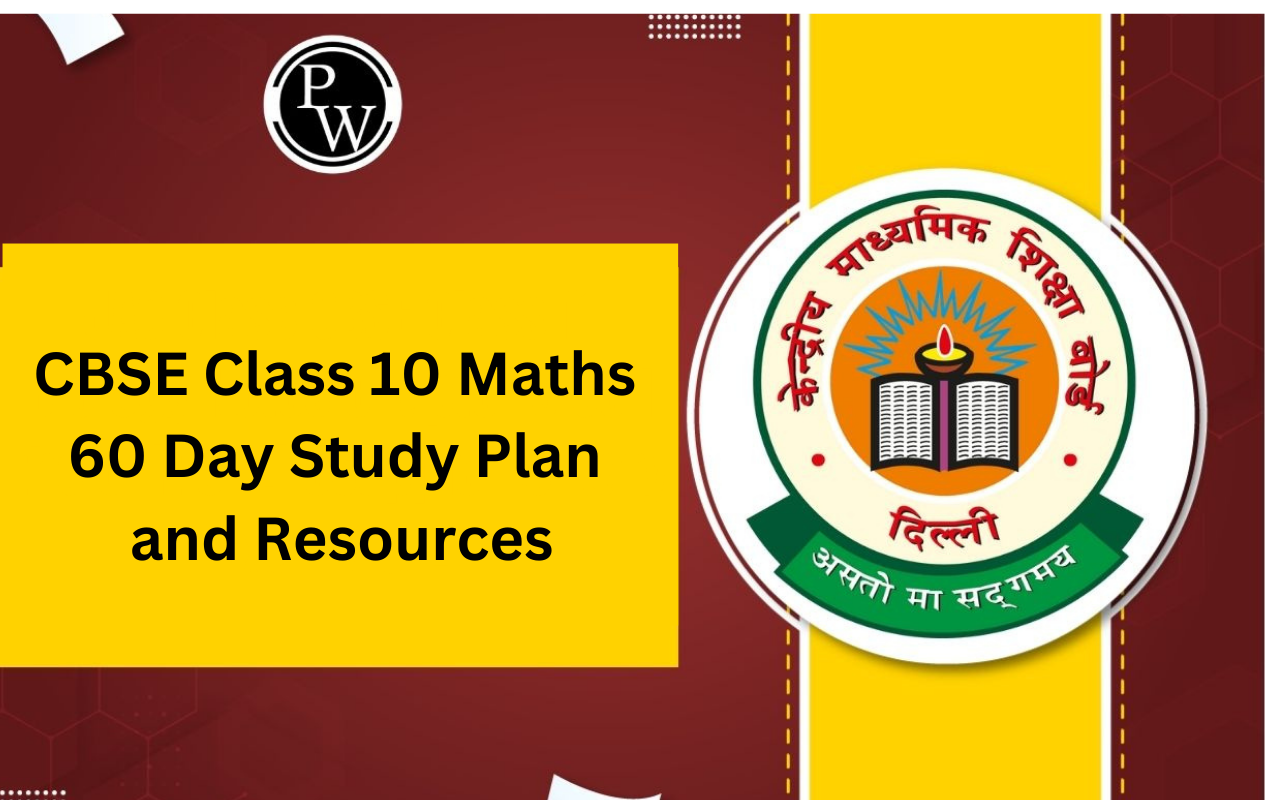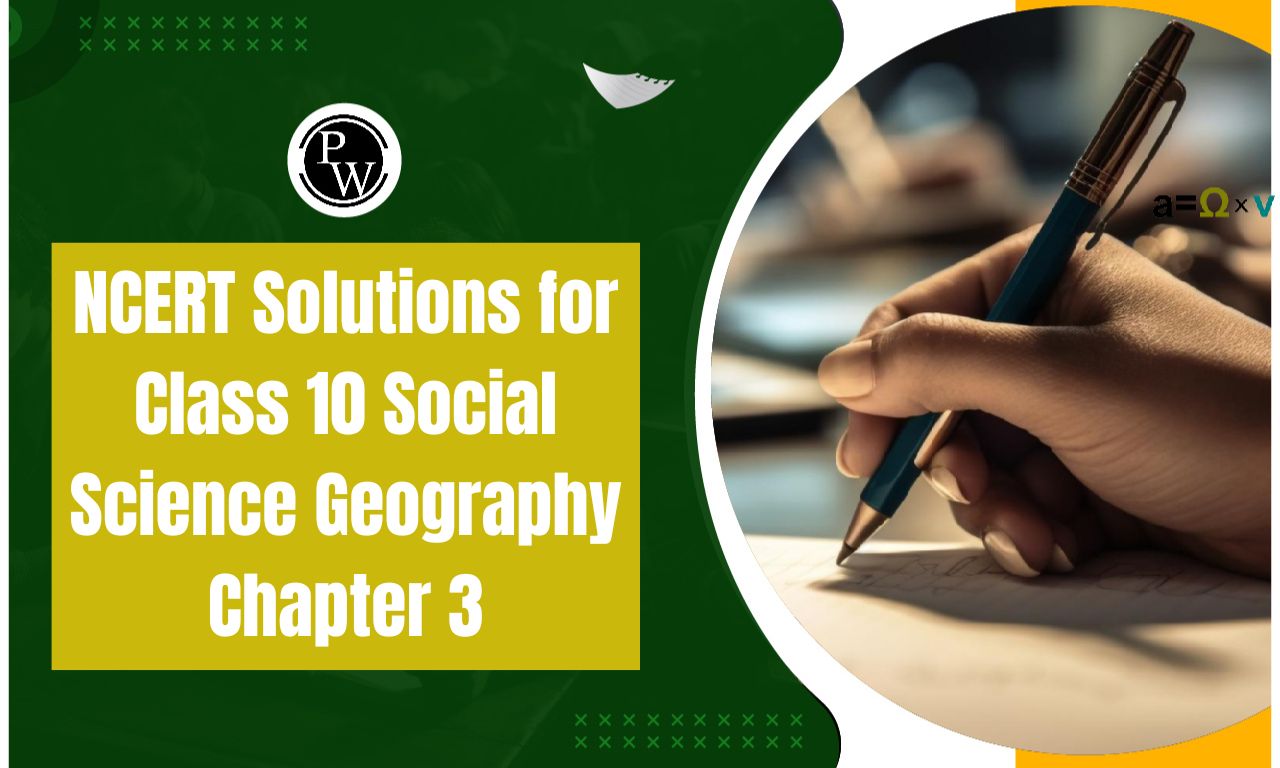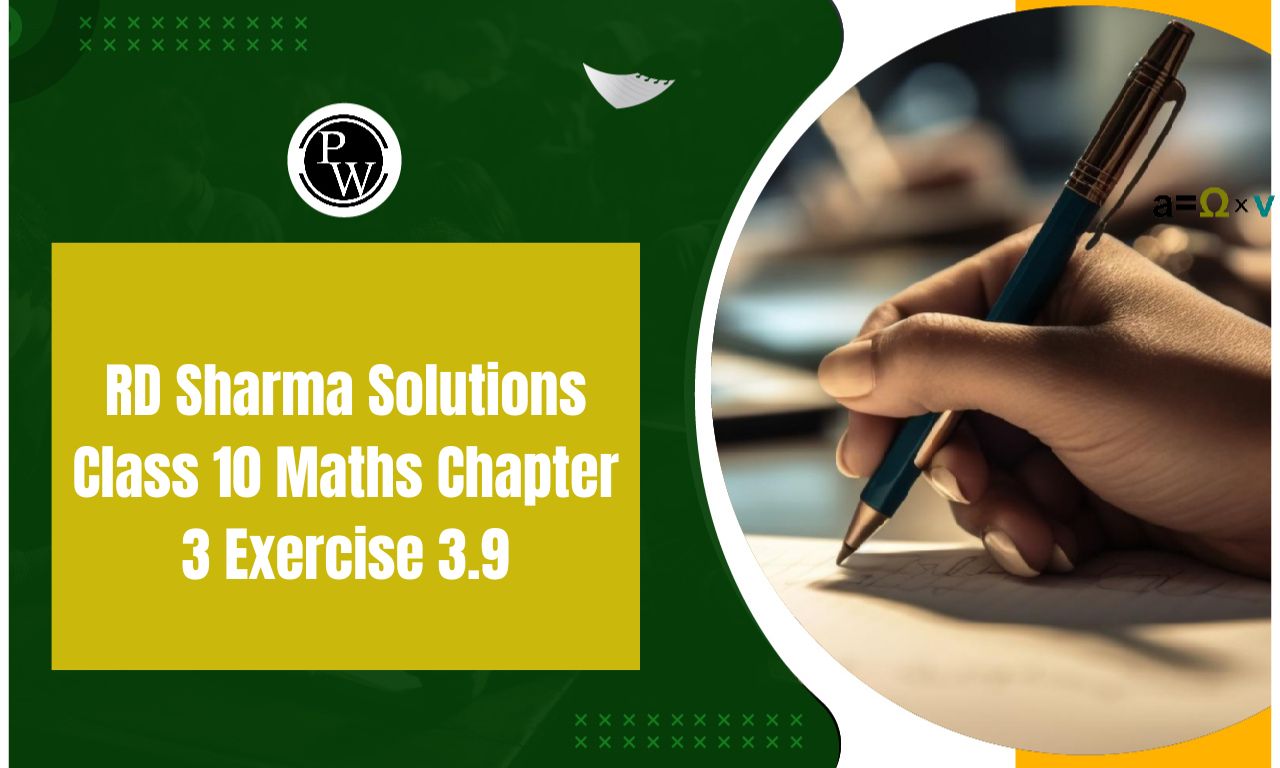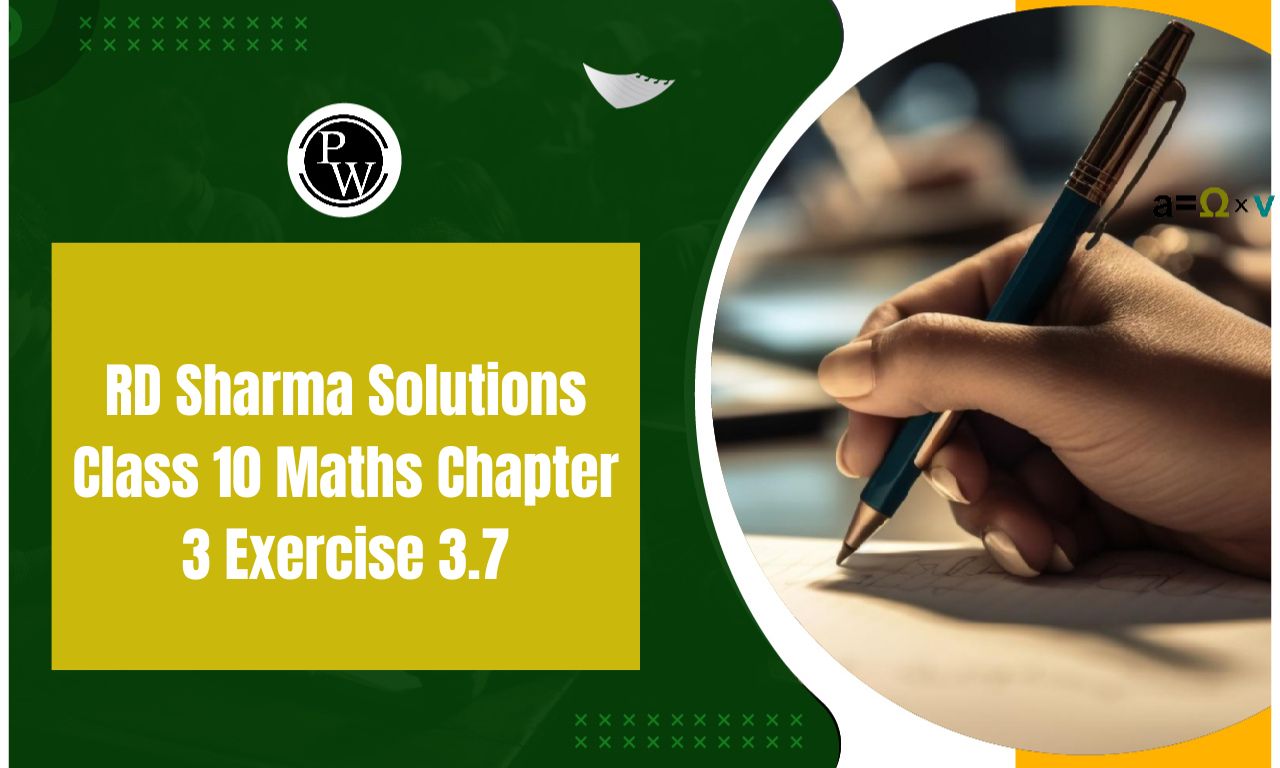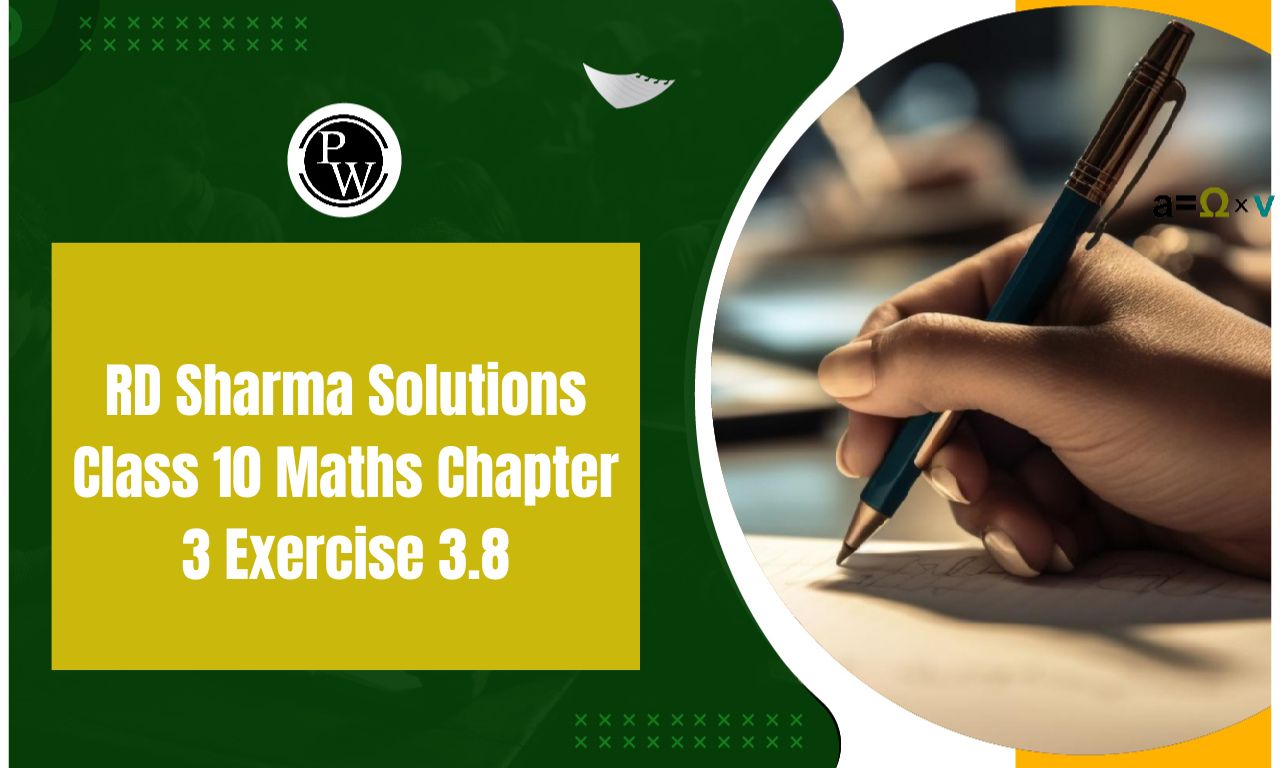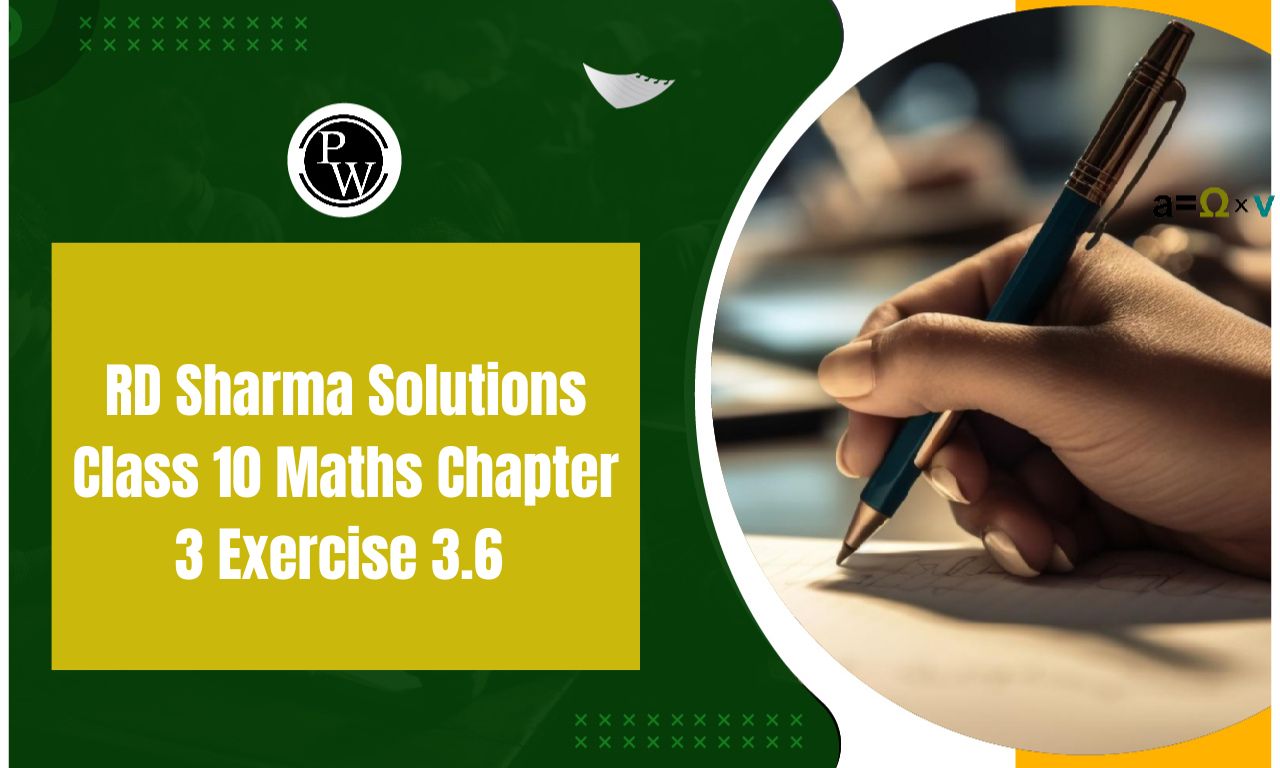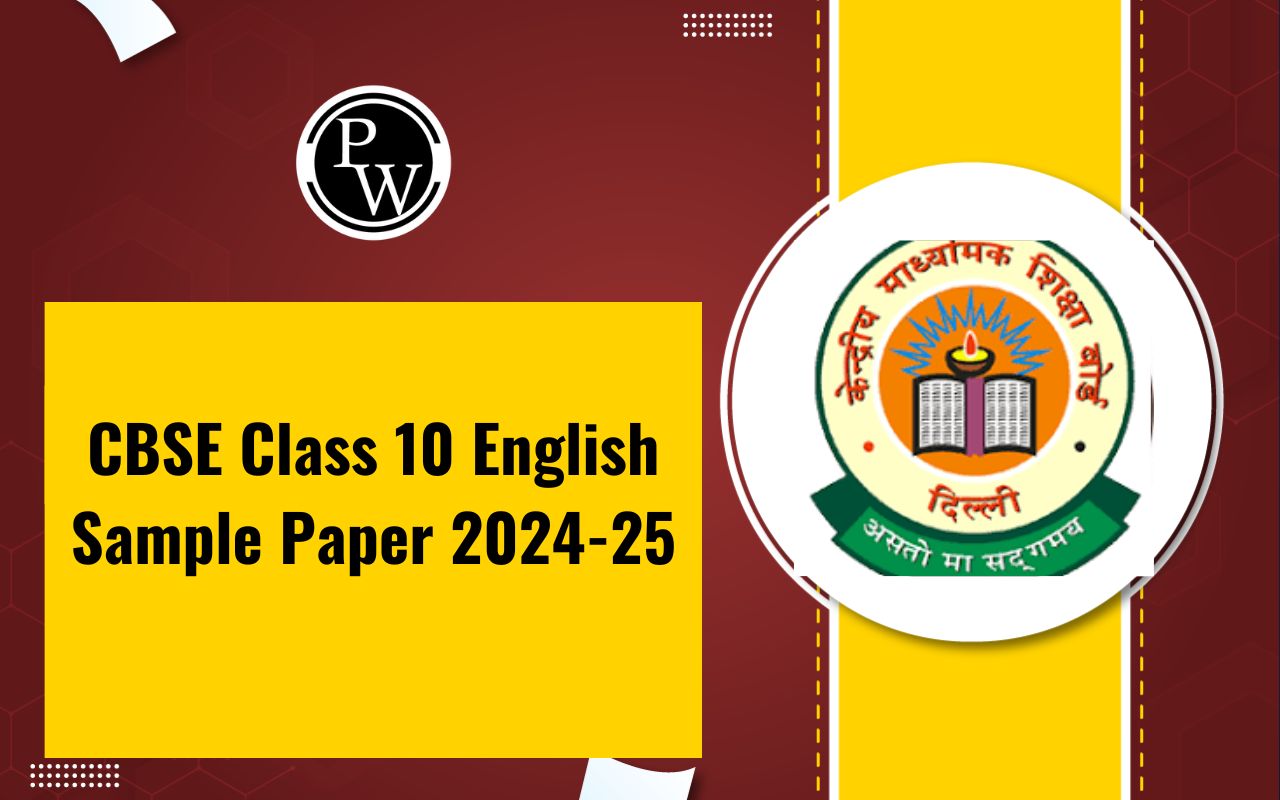
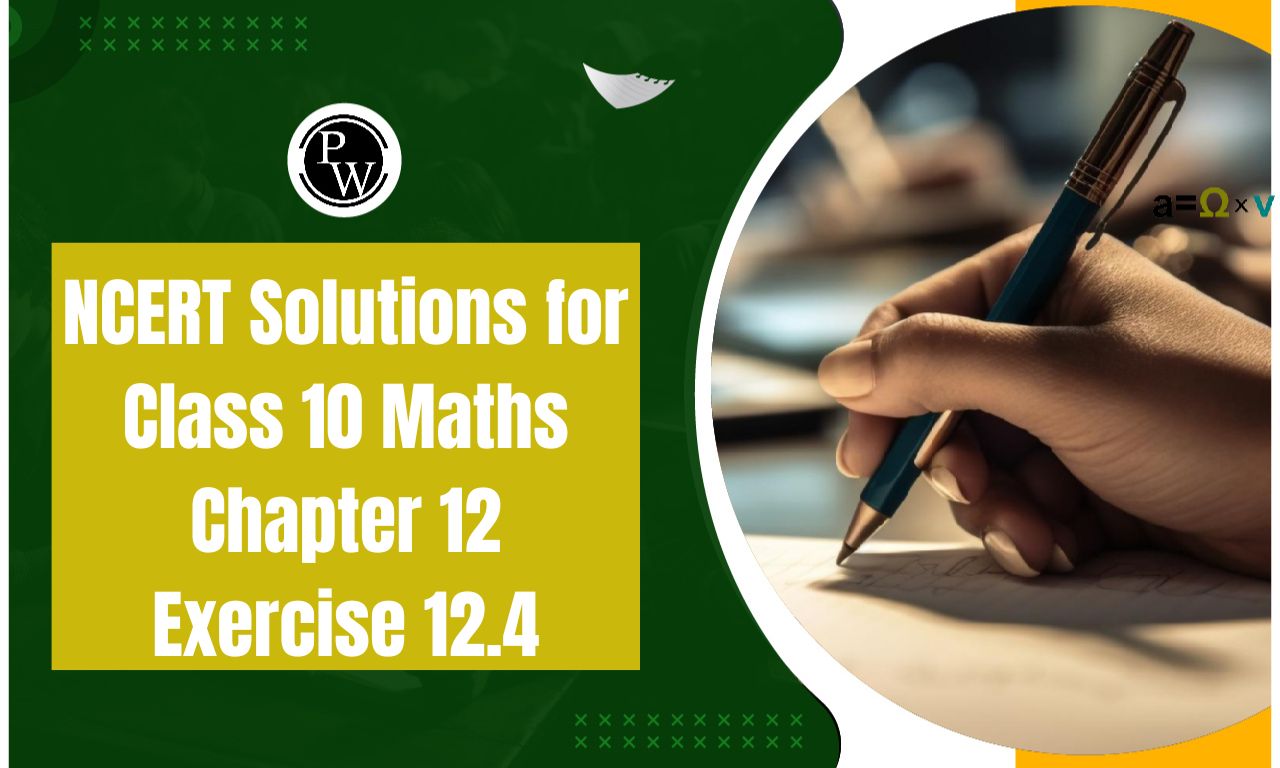
NCERT Solutions for Class 10 Maths Chapter 12 Exercise 12.4: Chapter 12 of Class 10 Maths, Surface Areas and Volumes , introduces practical applications of 3D geometry. Exercise 12.4 focuses on solving problems related to the conversion of solid shapes and their volumes.
Students learn to calculate the surface areas and volumes of combined or reshaped solids, such as spheres, hemispheres, cones, and cylinders. The exercise strengthens the understanding of real-life applications by teaching methods to calculate material usage, wastage, or reformation during transformations. It provides a step-by-step approach to applying formulas and encourages problem-solving skills by handling complex shapes, ensuring clarity in understanding geometry concepts for exams and beyond.NCERT Solutions for Class 10 Maths Chapter 12 Exercise 12.4 Overview
NCERT Solutions for Class 10 Maths Chapter 12 Exercise 12.4 PDF
Below, we have provided the NCERT Solutions for Class 10 Maths Chapter 12 Exercise 12.4 in PDF format. This comprehensive resource includes detailed step-by-step solutions to all the problems in the exercise, focusing on Surface Areas and Volumes. The PDF is designed to help students easily understand the concepts and apply formulas effectively. Download the PDF to strengthen your problem-solving skills and excel in your exams with confidence.NCERT Solutions for Class 10 Maths Chapter 12 Exercise 12.4 PDF
NCERT Solutions for Class 10 Maths Chapter 12 Exercise 12.4 Solutions
Below is the NCERT Solutions for Class 10 Maths Chapter 12 Exercise 12.4 Surface Areas and Volumes -1. A drinking glass is in the shape of a frustum of a cone of height 14 cm. The diameters of its two circular ends are 4 cm and 2 cm. Find the capacity of the glass.
Solution:
Radius (r 1 ) of the upper base = 4/2 = 2 cm Radius (r 2 ) of lower the base = 2/2 = 1 cm Height = 14 cm Now, the capacity of glass = Volume of the frustum of the cone So, Capacity of glass = (⅓)×π×h(r 1 2 +r 2 2 +r 1 r 2 ) = (⅓)×π×(14)(2 2 +1 2 + (2)(1)) ∴ The capacity of the glass = 102×(⅔) cm 32. The slant height of a frustum of a cone is 4 cm, and the perimeters (circumference) of its circular ends are 18 cm and 6 cm. Find the surface area of the frustum.
Solution:
Given, Slant height (l) = 4 cm Circumference of upper circular end of the frustum = 18 cm ∴ 2πr 1 = 18 Or, r 1 = 9/π Similarly, the circumference of the lower end of the frustum = 6 cm ∴ 2πr 2 = 6 Or, r 2 = 3/π Now, the surface area of the frustum = π(r 1 +r 2 ) × l = π(9/π+3/π) × 4 = 12×4 = 48 cm 23. A fez, the cap used by the Turks, is shaped like the frustum of a cone (see Fig.). If its radius on the open side is 10 cm, the radius at the upper base is 4 cm, and its slant height is 15 cm, find the area of material used for making it.

Solution:
Given, For the lower circular end, radius (r 1 ) = 10 cm For the upper circular end, radius (r 2 ) = 4 cm Slant height (l) of frustum = 15 cm Now, The area of material to be used for making the fez = CSA of frustum + Area of the upper circular end CSA of frustum = π(r 1 +r 2 )×l = 210π And, the Area of the upper circular end = πr 2 2 = 16π The area of material to be used for making the fez = 210π + 16π = (226 x 22)/7 = 710 2/7 ∴ The area of material used = 710 2/7 cm 24. A container, opened from the top and made up of a metal sheet, is in the form of a frustum of a cone of height 16 cm with radii of its lower and upper ends as 8 cm and 20 cm, respectively. Find the cost of the milk which can completely fill the container at the rate of Rs. 20 per litre. Also, find the cost of the metal sheet used to make the container if it costs Rs. 8 per 100 cm 2 .
Solution:
Given, r 1 = 20 cm, r 2 = 8 cm and h = 16 cm ∴ Volume of the frustum = (⅓)×π×h(r 1 2 +r 2 2 +r 1 r 2 ) = 1/3 ×3.14 ×16((20) 2 +(8) 2 +(20)(8)) = 1/3 ×3.14 ×16(400 + 64 + 160) = 10449.92 cm 3 = 10.45 lit It is given that the rate of milk = Rs. 20/litre So, the cost of milk = 20×volume of the frustum = 20×10.45 = Rs. 209 Now, the slant height will be l = 20 cm
So, CSA of the container = π(r
1
+r
2
)×l
l = 20 cm
So, CSA of the container = π(r
1
+r
2
)×l
 = 1758.4 cm
2
Hence, the total metal that would be required to make the container will be = 1758.4 + (Area of the bottom circle)
= 1758.4+πr
2
= 1758.4+π(8)
2
= 1758.4+201 = 1959.4 cm
2
∴ Total cost of metal = Rs. (8/100) × 1959.4 = Rs. 157
= 1758.4 cm
2
Hence, the total metal that would be required to make the container will be = 1758.4 + (Area of the bottom circle)
= 1758.4+πr
2
= 1758.4+π(8)
2
= 1758.4+201 = 1959.4 cm
2
∴ Total cost of metal = Rs. (8/100) × 1959.4 = Rs. 157
5. A metallic right circular cone 20 cm high and whose vertical angle is 60° is cut into two parts at the middle of its height by a plane parallel to its base. If the frustum so obtained is drawn into a wire of diameter 1/16 cm, find the length of the wire.
Solution:
The diagram will be as follows Consider AEG
Consider AEG
 Radius (r
1
) of upper end of frustum = (10√3)/3 cm
Radius (r
2
) of lower end of container = (20√3)/3 cm
Height (r
3
) of container = 10 cm
Now,
Volume of the frustum = (⅓)×π×h(r
1
2
+r
2
2
+r
1
r
2
)
Radius (r
1
) of upper end of frustum = (10√3)/3 cm
Radius (r
2
) of lower end of container = (20√3)/3 cm
Height (r
3
) of container = 10 cm
Now,
Volume of the frustum = (⅓)×π×h(r
1
2
+r
2
2
+r
1
r
2
)
 Solving this, we get
Volume of the frustum = 22000/9 cm
3
The radius (r) of wire = (1/16)×(½) = 1/32 cm
Now,
Let the length of the wire be “l”.
The volume of wire = Area of cross-section x Length
= (πr
2
)xl
= π(1/32)
2
x l
Now, Volume of frustum = Volume of wire
22000/9 = (22/7)x(1/32)
2
x l
Solving this, we get,
l = 7964.44 m
Solving this, we get
Volume of the frustum = 22000/9 cm
3
The radius (r) of wire = (1/16)×(½) = 1/32 cm
Now,
Let the length of the wire be “l”.
The volume of wire = Area of cross-section x Length
= (πr
2
)xl
= π(1/32)
2
x l
Now, Volume of frustum = Volume of wire
22000/9 = (22/7)x(1/32)
2
x l
Solving this, we get,
l = 7964.44 m
Benefits of Using NCERT Solutions for Class 10 Maths Chapter 12 Exercise 12.4
Clear Conceptual Understanding : Step-by-step solutions simplify complex problems, enhancing understanding of surface areas and volumes.
Exam Preparation : Provides accurate answers aligned with exam patterns, boosting confidence and performance.
Time Management : Helps in solving problems efficiently by applying the right formulas and techniques.
Self-Study Support : Ideal for independent learning and revision, offering clarity on difficult concepts.
Real-Life Applications : Improves problem-solving skills by relating geometry to practical scenarios involving solid shapes.
Error-Free Solutions : Ensures correct and reliable answers to strengthen your foundation in geometry.
NCERT Solutions for Class 10 Maths Chapter 12 Exercise 12.4 FAQs
How to avoid mistakes in surface area and volume class 10?
How is surface area and volume used in everyday life?
Can two objects have the same surface area but different volumes?
What is the relationship between surface area and volume?

